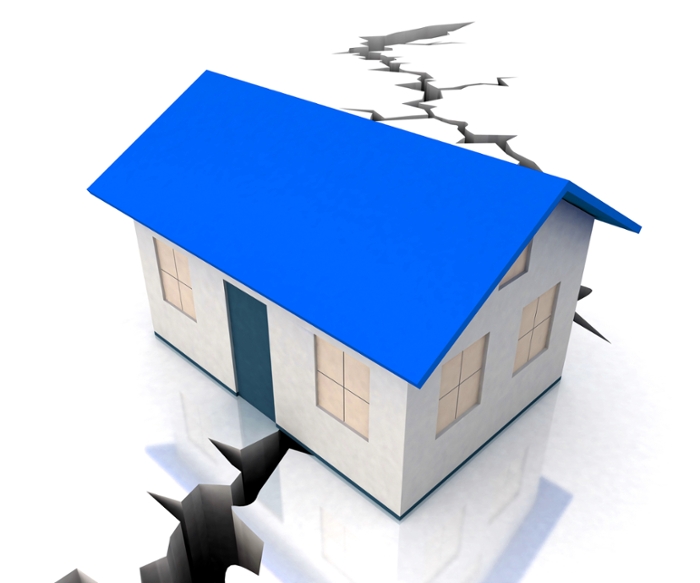Earthquake Faults Are Smarter Than We Think
New computer model shows clusters can occur on faults with ‘long-term memory’
Get all our news

IPR researchers discover earthquake faults have better memory than seismologists have long assumed.
Northwestern University researchers now have an answer to a vexing age-old question: Why do earthquakes sometimes come in clusters?
The research team has developed a new computer model and discovered that earthquake faults are smarter—in the sense of having better memory—than seismologists have long assumed.
“If it’s been a long time since a large earthquake, then, even after another quake happens, the fault’s ‘memory’ sometimes isn’t wiped out, so there’s still a good chance of having another,” said IPR associate Seth Stein, the study’s senior author and the William Deering Professor of Geological Sciences in the Weinberg College of Arts and Sciences.
“As a result, a cluster of earthquakes occurs,” he said. “Earthquake clusters imply that faults have a long-term memory.”
The model shows that clusters can occur on faults with long-term memory, so that even after a big earthquake happens, the chance of another earthquake can stay high. The memory comes from the fact that the earthquake didn’t release all the strain that built up on the fault over time, so some strain remains after a big earthquake and can cause another.
“This isn’t surprising,” said Bruce D. Spencer, a professor of statistics in Weinberg, faculty fellow at the Institute for Policy Research, and an author of the study. “Many systems’ behavior depends on their history over a long time. For example, your risk of spraining an ankle depends not just on the last sprain you had, but also on previous ones.”
Since earthquake seismology started after a large earthquake destroyed San Francisco in 1906, seismologists have usually assumed that when the next big earthquake will happen on a fault depends on the time since the last one happened. In other words, a fault has only short-term memory—it “remembers” only the last earthquake and has “forgotten” all the previous ones.
This assumption goes into forecasting when future earthquakes will happen, and then into hazard maps that predict the level of shaking for which earthquake-resistant buildings should be designed.
However, Leah Salditch, a graduate student in Stein’s research group, explained, “Long histories of earthquakes on faults sometimes show clusters of earthquakes with relatively short times between them, separated by longer times without earthquakes. For example, during clusters on the San Andreas, big earthquakes happened only about 50 years apart, while the clusters are separated by several hundred years. Clusters also have been found on the Cascadia fault system off the coast of Oregon, Washington, and British Columbia, and along the Dead Sea fault in Israel.”
These results could be important for forecasting when future earthquakes will happen, said Edward M. Brooks, an author of the study and an IPR graduate research assistant.
“When you’re trying to figure out a team’s chances of winning a ball game, you don’t want to look just at what happened in the last game between those teams,” Brooks said. “Looking back over earlier games also can be helpful. We should learn how to do a similar thing for earthquakes.”
Seth Stein is William Deering Professor and an IPR associate. Bruce Spencer is professor of statistics and an IPR fellow. Edward Brooks is an IPR graduate research assistant. Both are in the department of earth and planetary sciences.
This article was originally published in Northwestern News.
Top photo: GraphicStock
Published: January 27, 2017.


